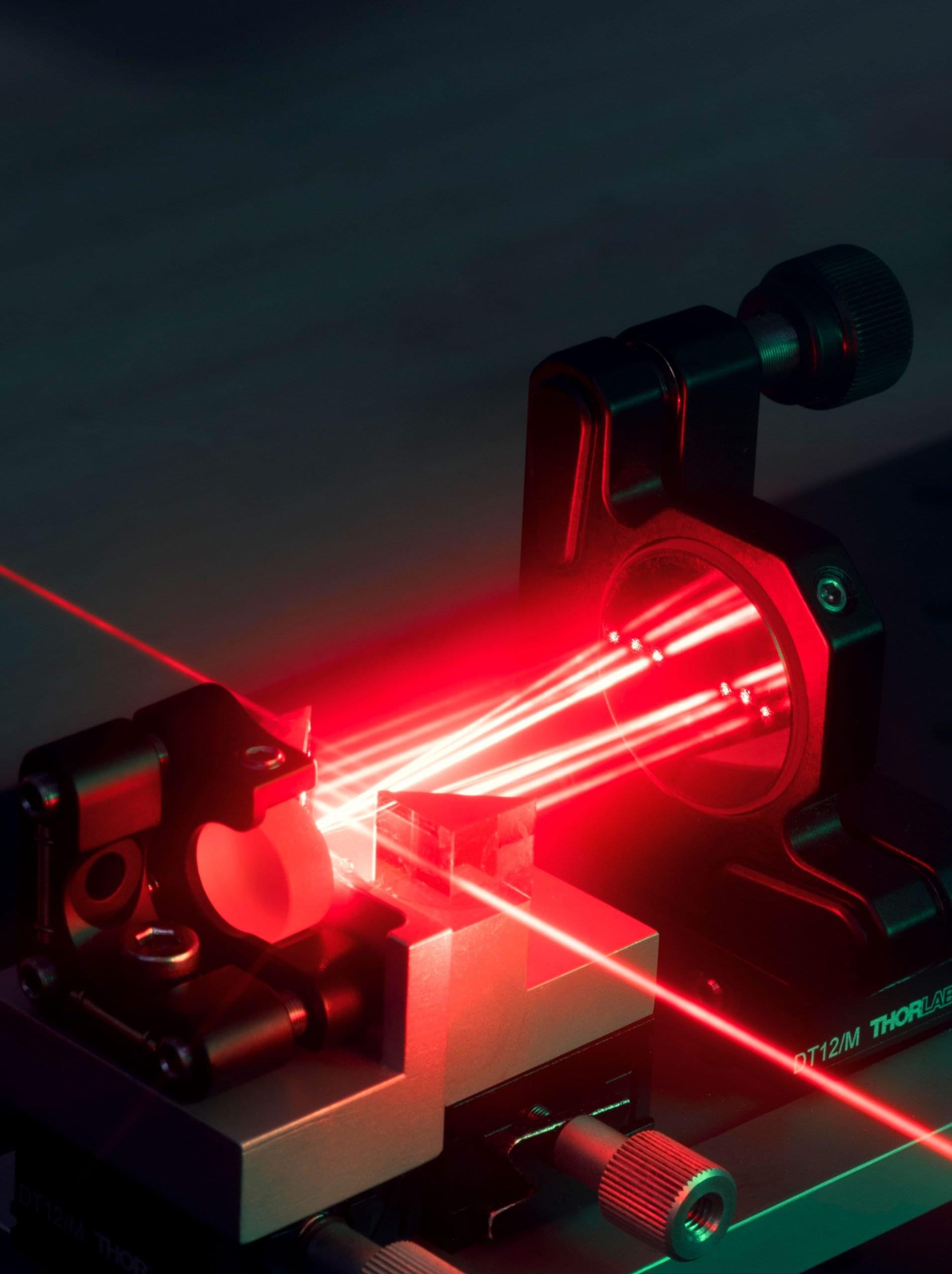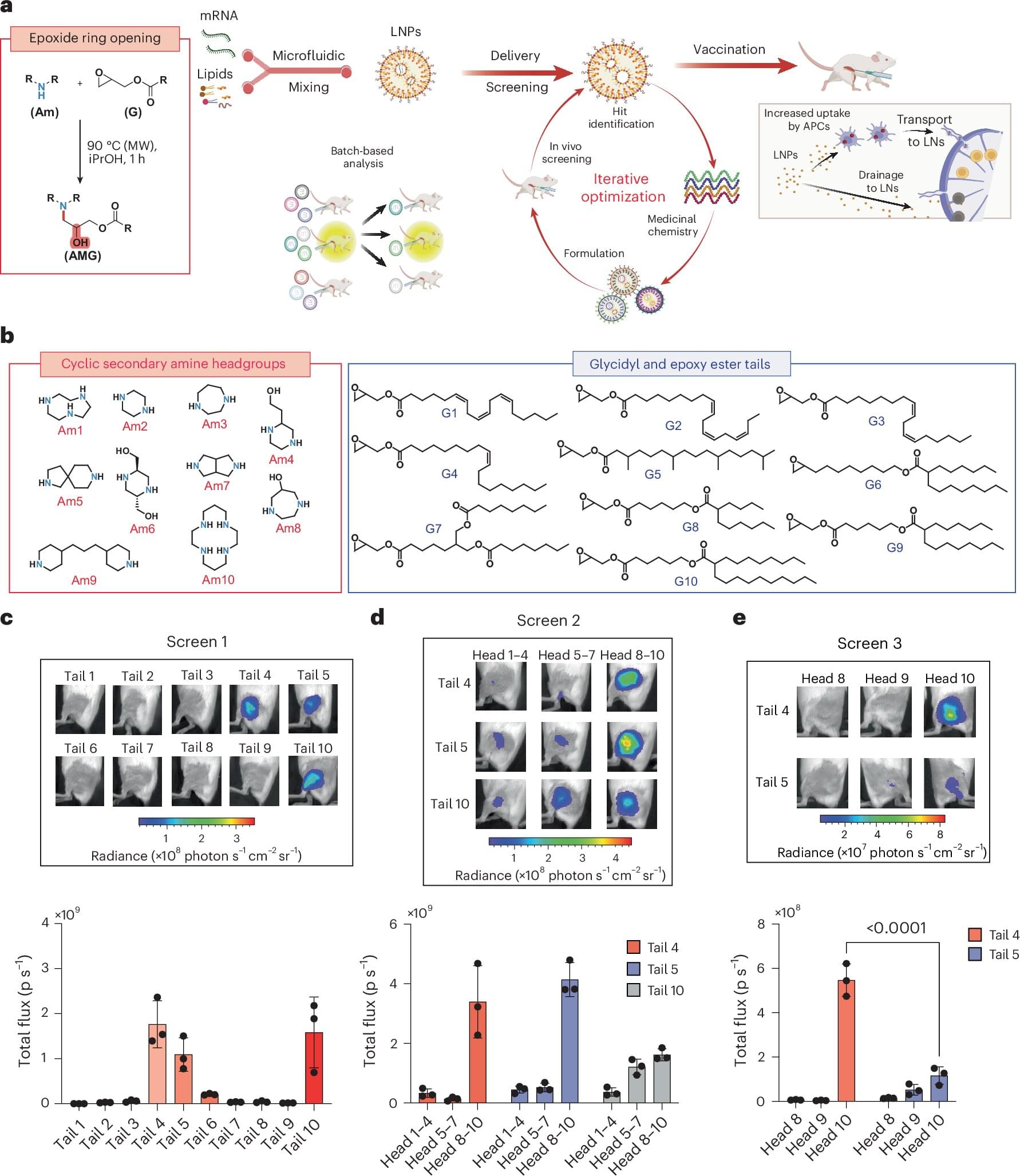Blue Origin’s is launching their second New Glenn rocket, for mission NG-2, from Launch Complex 36 at Cape Canaveral Space Force Station. It will deploy NASA’s ESCAPADE twin spacecraft to study Mars’ magnetosphere and solar wind interactions, alongside a Viasat communications technology demonstration. Blue Origin is planning to propulsively land the booster down range.
Want to support what I do? Consider becoming a Patreon supporter for access to exclusive livestreams, our discord channel! — / everydayastronaut.
Or become a YouTube member for some bonus perks as well! — / @everydayastronaut.
The best place for all your space merch needs!
https://everydayastronaut.com/shop/
All music is original! Check it out anywhere you listen to music (Spotify, iTunes, Google Play, Amazon, etc) by searching Everyday Astronaut.







